(aka Anhinga melanogaster)
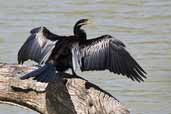
The Australasian Darter is distributed in Australia and New Guinea. See the distribution map at Birdlife International. In the past, most authorities have treated it as a sub-species of A. melanogaster which is also found in Africa south of the Sahara, India and south-east Asia. However, Howard and Moore 4th Edition and HBW Checklist class it as a species based on Schodde, R., G. Kirwan & R. Porter, 2012. Morphological differentiation among the darters. Bulletin of the British Ornithologists' Club, 132 (4): 283-294
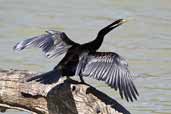
The female has a grey head and a whitish breast and foreneck as can be seen in photo 5 while the bird in photo 7 with an unmarked face and pinkish feet is a juvenile.
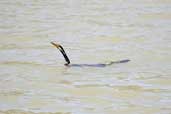
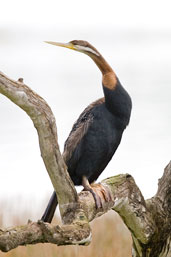
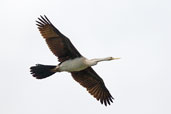
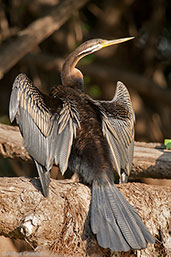
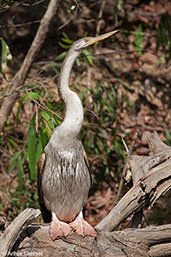
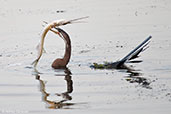
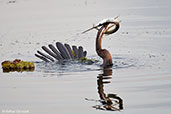
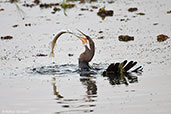
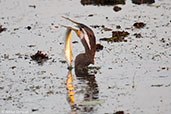
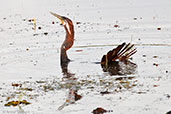
| Previous Page | Back to Index | Next Page |